Strength training is a hot topic right now, check out the Instagram profiles of the top pro’s and you will see they are regularly hitting the gym in a quest to improve their performance. What i see a lot of though is acrobatic movements rather than real strength training, it seems there is a belief that the most complex movements must be the most effective movements for gaining strength. The reality is these movements are not really going to improve your absolute strength and they are putting you at very high risk of injury.
It seems single leg exercises are what athletes think are needed, i see time and time again athletes head to the gym and will be doing single legged squats or single leg deadlifts and then extremely proud of the soreness and pain they endure for days after. The rationale for these exercises comes from the fact when we are running we are in contact with the ground with only one leg at a time, while this is true we need to look also at the fact we are in contact with the ground for an extremely short period of time not balancing on one foot for extended periods of time.
Lets take a step back and look at what strength is and how is it going to enhance your performance on race day.
Strength is the ability to produce force against external resistance, it is this applied force that brings about movement. When we look at strength training the goal is to increase force production of the muscle.
Our muscles simply contract and relax in response to instructions from our brains to bring about movement. A particular movement is brought about by the brain signalling for several muscles to work together, the individual muscles themselves only know how to contract or relax not perform a certain movement.
So strength training to increase force production is about creating the maximum possible stress on the muscle. So we want to be looking at exercises that allow this to occur and these are the large compound exercises used in power lifting such as squats, deadlifts, pull ups and bench pressing. These exercises allow us to lift heavy weights and apply maximum stress on the muscle. If we then look at single leg exercises you can see that these would not allow us to lift heavy weights and create the same stress to our muscles to bring about strength developments, rather they are working sub maximal strength, you may get better at standing on one leg but your not going to get stronger.
So why in endurance sport when we are performing at very sub maximal levels of muscle contraction would increased strength benefit performance.
If we take the 112 mile bike section of the ironman race as an example, taking squats as an exercise that shows leg strength. Say we can squat 60kg, each pedal stroke may just be using 1% of this maximal force but say we improve the squat over a period of time to 120kg, now with our increased strength to go the same speed we only need to use 0.05% of our maximal force production. The end result of this would be that we require less energy to go the same speed or we go faster for the same energy requirement! The end result is enhanced performance.
The above is a very simple way to see how strength training can impact endurance performance, also we can see that strength training is not complicated, you do not need fancy moves and complex programming in order to build strength you simply need to lift heavy and there are very few exercises that allow us to do this.
I often here people say they do not want to incorporate strength training as it will lead to weight gain that will negatively effect performance. The reality of this is rarely true, lifting heavy weights alone is not enough to increase muscle size, the main component to increasing muscle size is eating and eating lots. You need to have a large calorie buffer if you want to increase muscle size and as an ironman athlete this is very unlikely to be the case.
If we look at some top level sports people who used weights we can see the result as performance gains not size gains, as runners tend to be those that fear weight gain the most one name that jumps to mind is Sebastian Coe who used strength training and the power lifting moves i mention above when he was breaking world records and winning olympic titles over middle distance running events in the 1980’s, Seb was very strong but could not be described as anything but skinny throughout his carrier. Seb was said to be ahead of his time in terms of performance and it is interesting to see top runners starting to adopt this style of lifting once again and we are once again seeing performance levels take a big step forward.
I can imagine a lot of you are reading this and thinking what about core strength, surely that needs to be included. Again this is something we see in pictures, all sorts of gymnastic moves, crunches and plank variations that are aimed at improving our core strength, but as with the principles of strength i outlined above and why single leg is not the way to build absolute strength the same goes for core strength.
Our core or trunk muscles are designed to work isometrically, they contract hard not to perform movement but to prevent movement in our spine. A strong core allows the body to move well and perform optimally.
If we perform a heavy squat with good technique our core muscles are working very very hard, they are having to resist the force of the weight we are lifting during the movement to keep our spines in a neutral position. A body weight plank on the other hand while can be very painful is never going to exert the same force on our core or lead to the same level of strength adaption as a heavy lift such as a squat will do.
When looking for performance we need to be looking at training that is going to enhance our performance not waste our time. As endurance athletes we do not have time to waste and want the biggest bang for our buck in training sessions. Strength training can deliver exactly what we want and when we build a program that is based around the heavy compound movements we can achieve great gains with very little training time.
Enjoy your training and make it count!
Alun “Woody” Woodward – ironguides Coach
–
Train with ironguides!
Personalized Online Coaching: Starting at USD190/month
Monthly Training plans (for all levels, or focused on one discipline): Only USD39/months
Event based training plans:
Sprint Distance (USD45 for 8-week plan)
Olympic Distance (USD65 for 12 week plan)
Half Ironman (R$95 for 16-week plan)
Ironman (USD145 for 20-week plan)
X-Terra (USD65 for 12-week plan)
Running Plans (10k, 21k and 42k – starting at USD40)

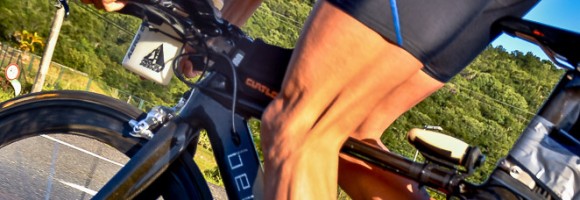


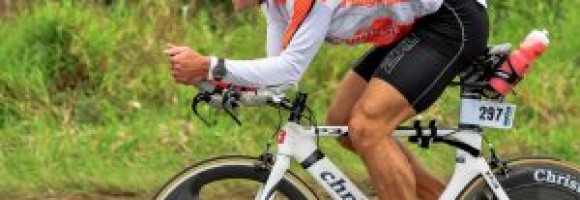
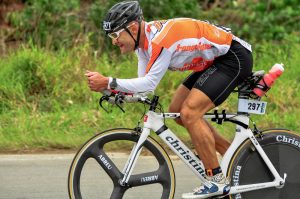

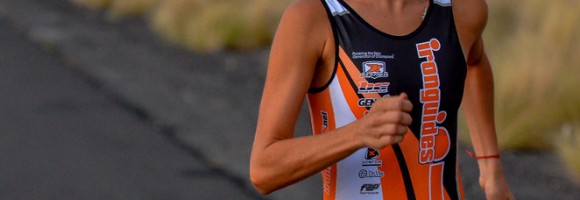
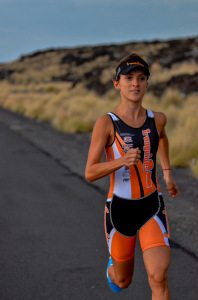


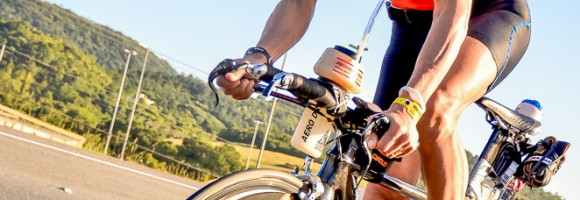
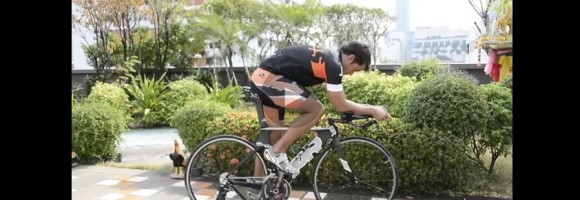
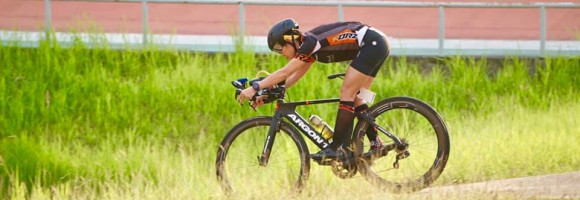


Recent Comments